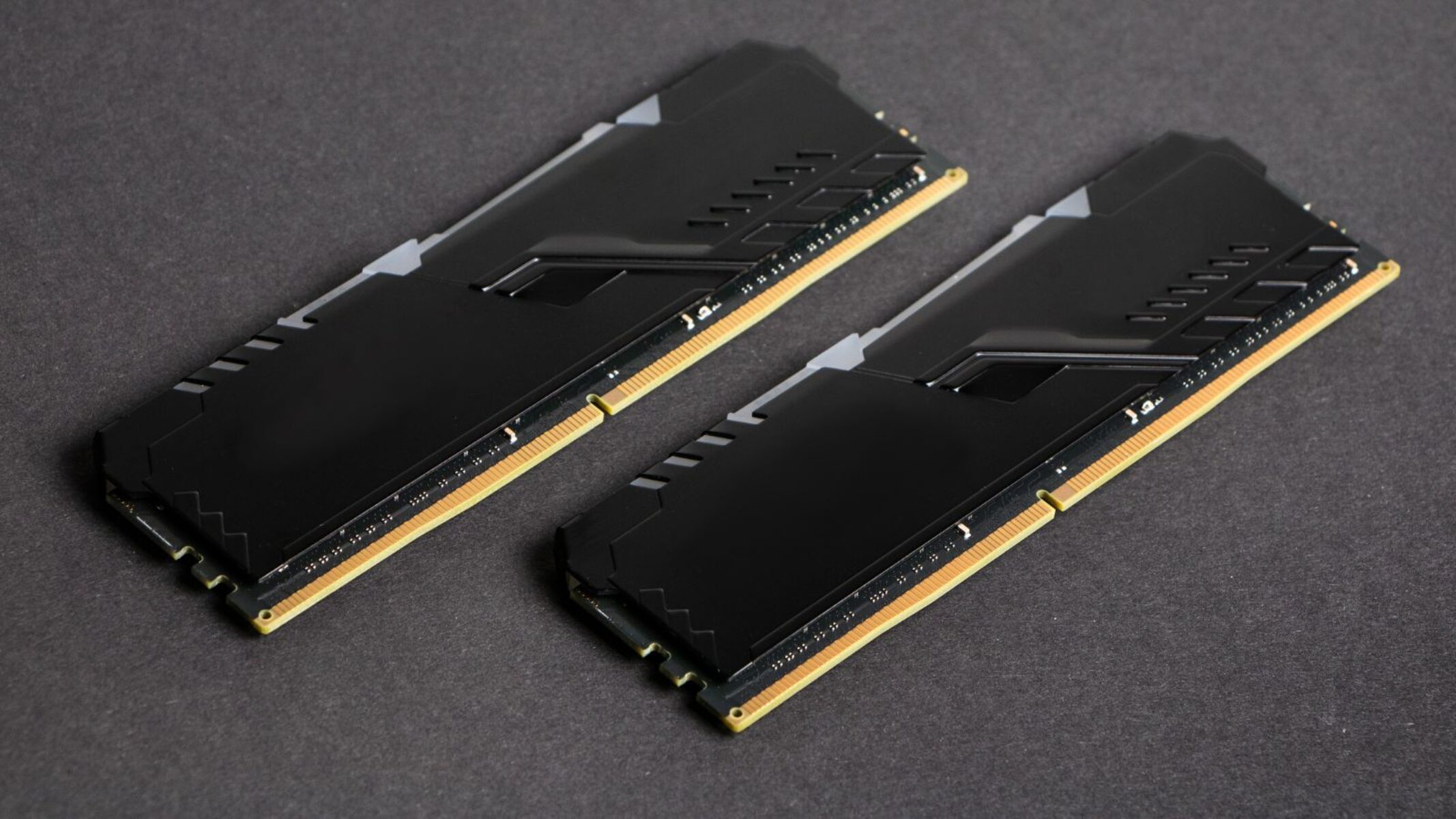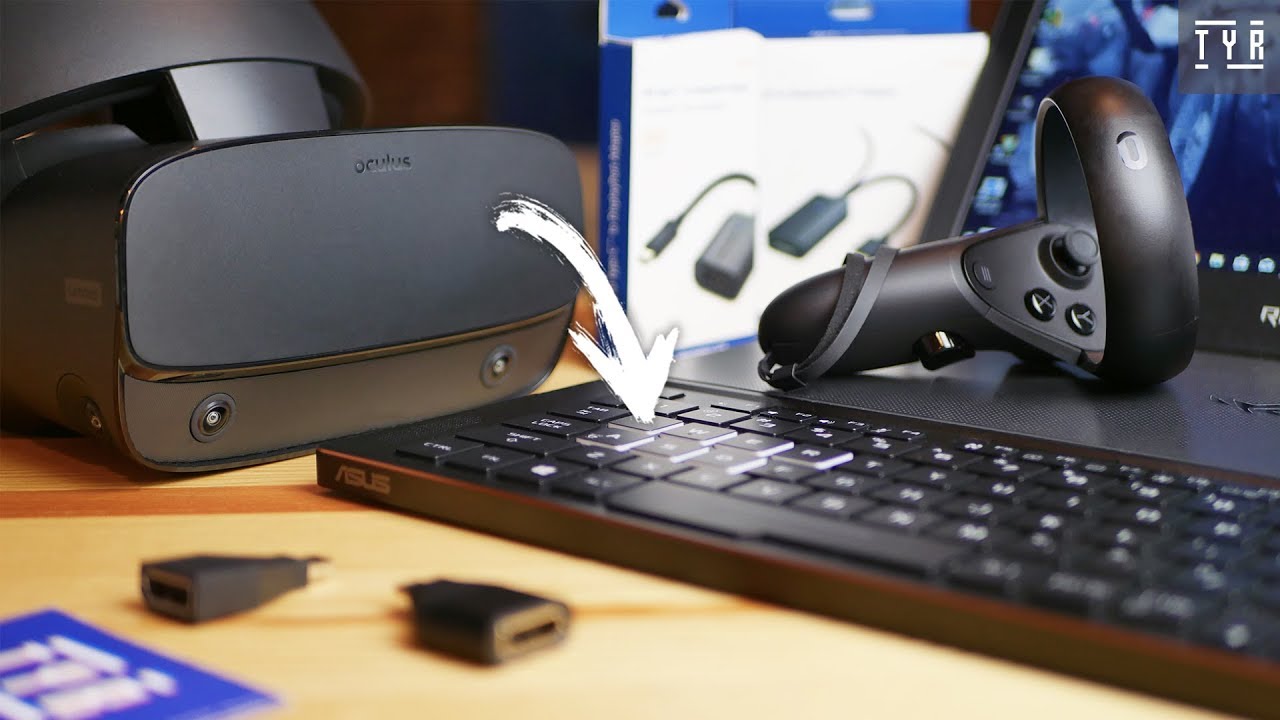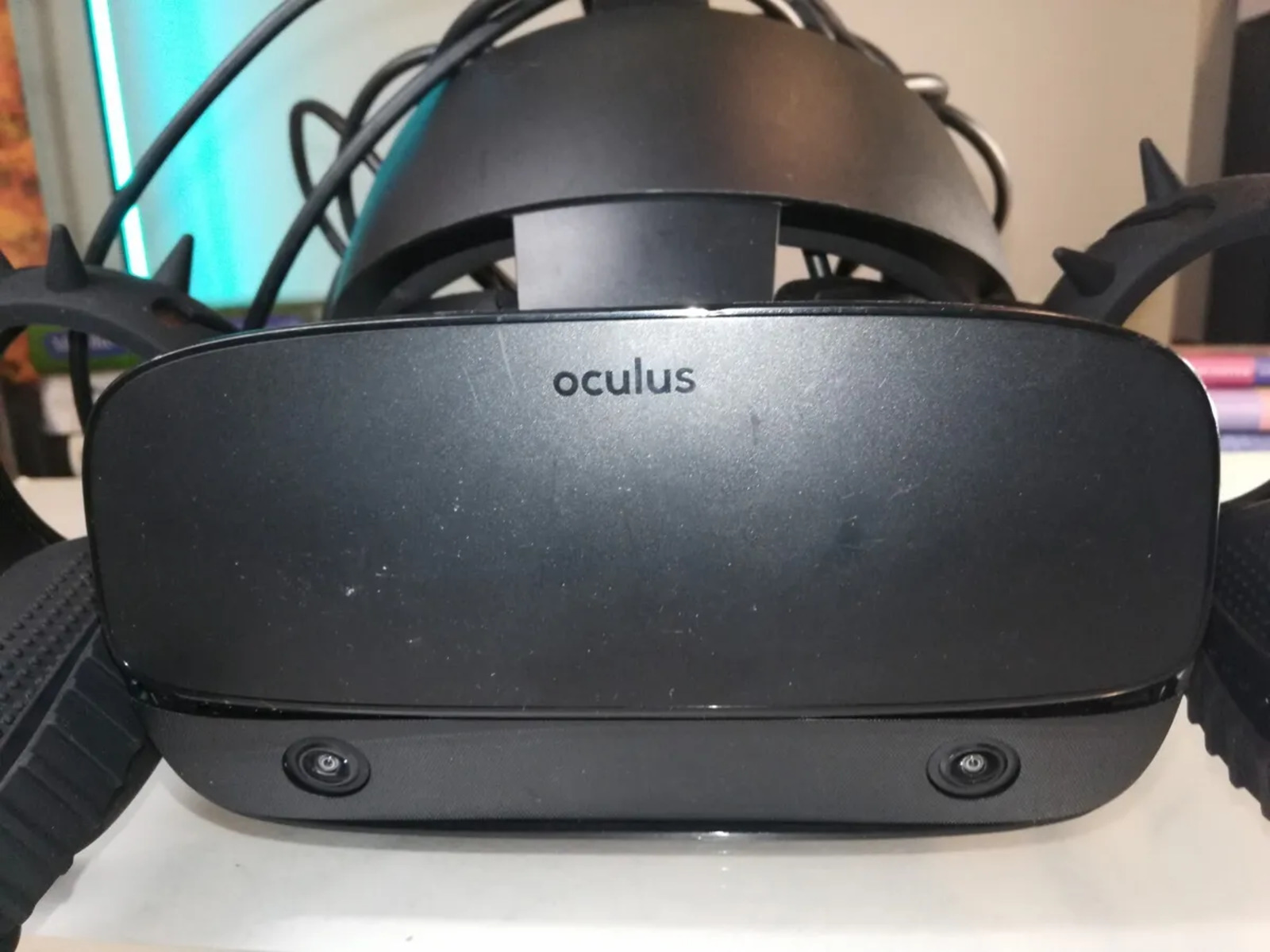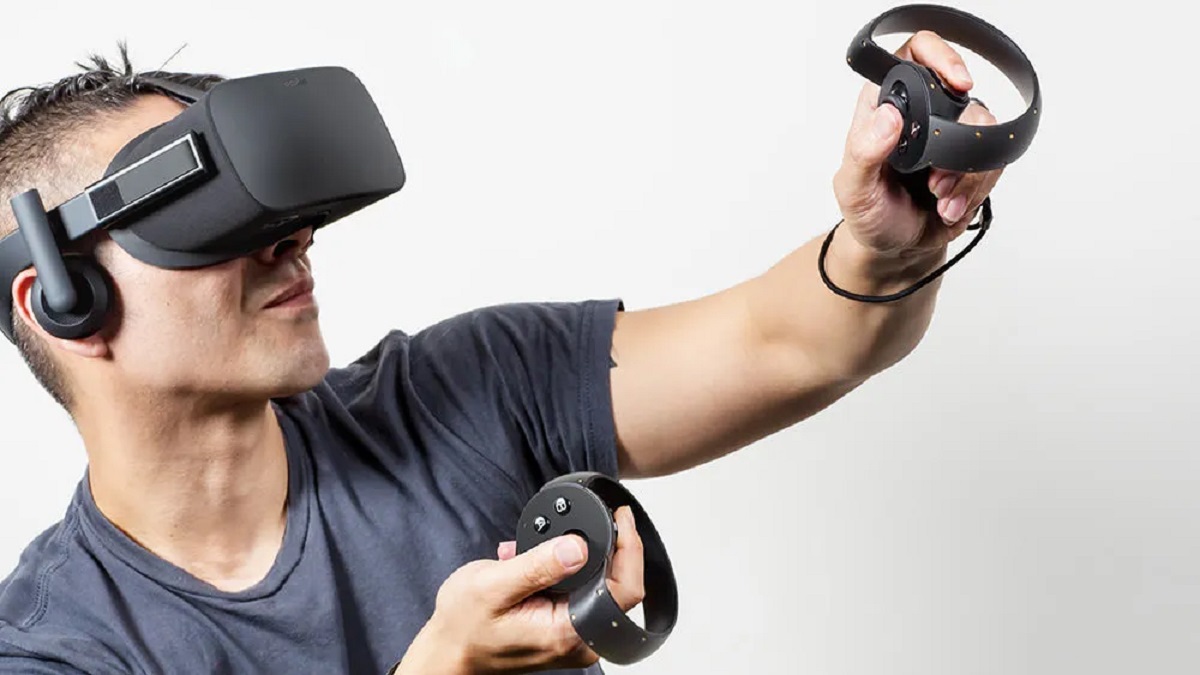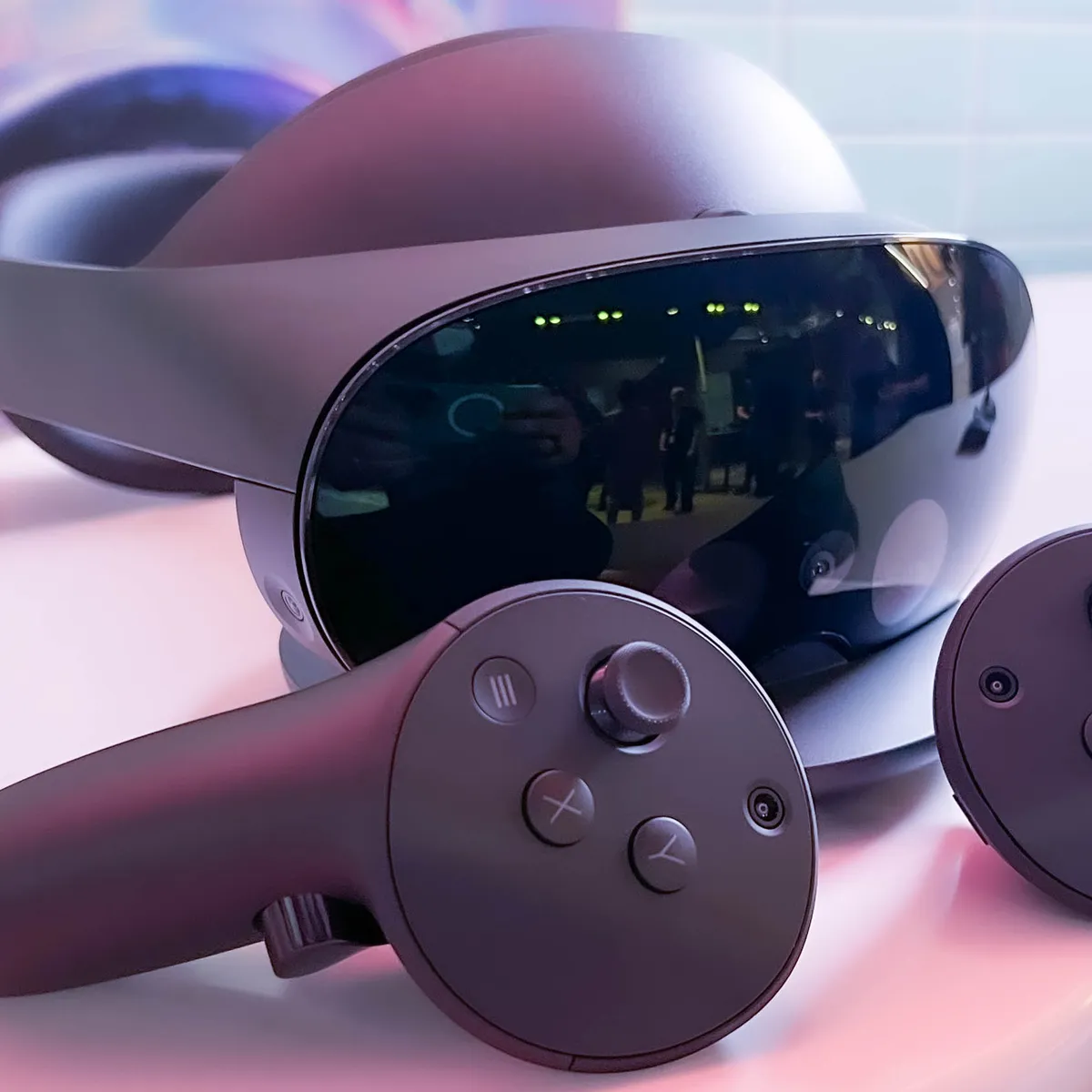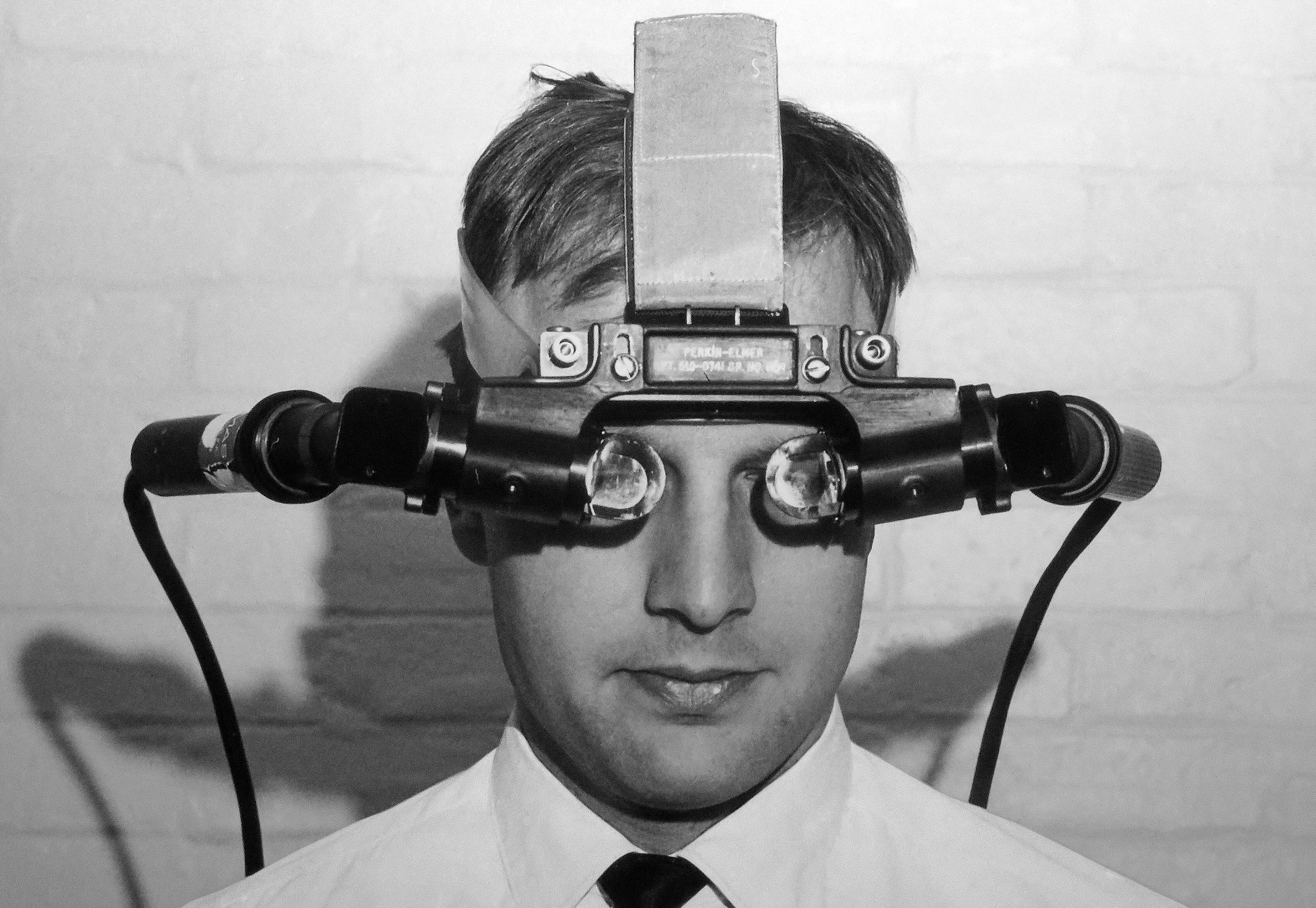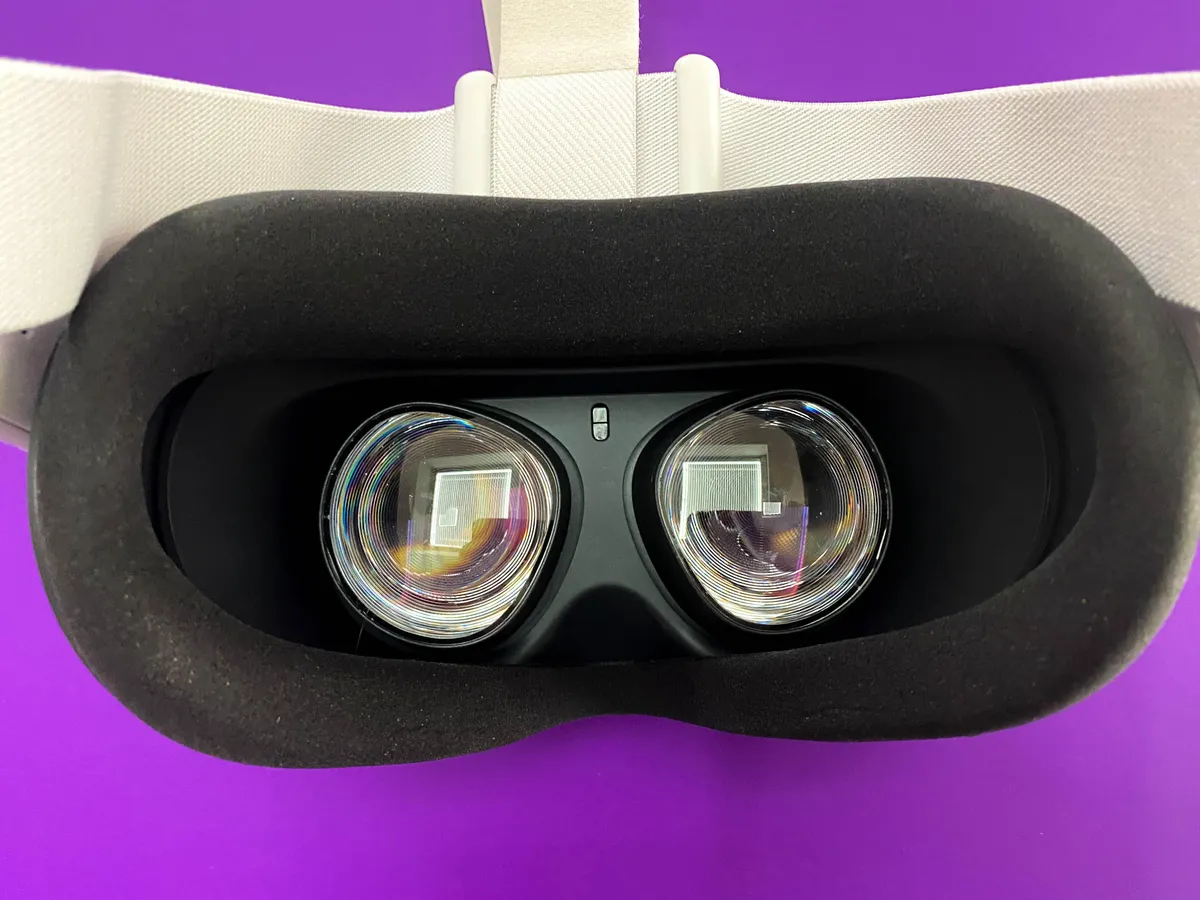Introduction
Welcome to the world of virtual reality! If you’re considering investing in the Oculus Rift, one of the most popular virtual reality systems on the market, you’re in for an immersive gaming and entertainment experience like no other. However, before diving headfirst into the world of virtual reality, it’s important to understand the system requirements and specifications of the Oculus Rift.
The Oculus Rift is a VR headset that allows you to step into a virtual world and interact with it in a way that feels incredibly realistic. To ensure a smooth and seamless experience, the Oculus Rift requires a powerful computer system that meets certain specifications, including the amount of RAM.
RAM, short for Random Access Memory, is an important component of your computer that temporarily stores data that your computer needs to access quickly. In the case of the Oculus Rift, a sufficient amount of RAM is crucial for running VR games and applications without any lag or stuttering.
In this article, we will explore the RAM requirements for the Oculus Rift and discuss how much RAM is needed for optimal performance. Whether you’re a new Oculus Rift owner or someone considering purchasing one, understanding the RAM requirements will help you make informed decisions when it comes to upgrading your computer system.
Understanding the Oculus Rift System Requirements
Before we delve into the RAM requirements for the Oculus Rift, it’s essential to have a clear understanding of the overall system requirements for this virtual reality system.
The Oculus Rift, like other VR headsets, demands a significant amount of computational power to deliver immersive and high-quality virtual reality experiences. The system requirements are designed to ensure that your computer can handle the processing demands of running VR applications smoothly.
In addition to the RAM, here are some of the key aspects of the system requirements for the Oculus Rift:
- Processor: The Oculus Rift requires a capable processor, preferably an Intel i5-4590 or AMD equivalent. A fast processor is necessary to handle the high frame rates and graphics processing required for VR.
- Graphics Card: To deliver stunning visuals, the Oculus Rift needs a powerful graphics card. The minimum requirement is an NVIDIA GTX 970 or AMD R9 290, but for the best experience, an NVIDIA GTX 1060 or AMD RX 480 is recommended.
- Operating System: The Oculus Rift is compatible with Windows 10, so make sure you are running the latest version of Microsoft’s operating system.
- USB Ports: You’ll need at least three USB 3.0 ports and one USB 2.0 port to connect the Oculus Rift headset and sensors. These ports are critical for the data transfer between the headset and your computer.
It’s important to note that these are the minimum requirements for running the Oculus Rift. To enjoy a smoother and more enjoyable VR experience, it’s recommended to have a system that exceeds these minimum specifications.
Now that we have a good understanding of the overall system requirements, let’s delve into the specific RAM requirements for the Oculus Rift in the next section.
What is RAM and Why Does It Matter for Oculus Rift?
RAM, or Random Access Memory, is a crucial component of a computer system. It serves as a temporary storage unit that allows your computer to quickly access and manipulate data that is actively being used by running applications and processes. In simpler terms, RAM is like your computer’s short-term memory.
When it comes to the Oculus Rift, RAM plays a vital role in providing a seamless and immersive virtual reality experience. As you explore virtual worlds, play games, or engage in VR applications, the Oculus Rift constantly processes and renders complex 3D graphics, audio, and other elements in real-time. All these processes require fast and efficient data transfer, and that’s where RAM comes into play.
The more RAM you have, the more data the Oculus Rift can store and access quickly, resulting in smoother gameplay, faster loading times, and reduced lag. It allows the Oculus Rift to efficiently manage the vast amount of data required to deliver an immersive VR experience, including rendering high-resolution textures, handling intricate soundscapes, and tracking your movements in real-time.
VR games and applications are often resource-intensive, requiring significant processing power to run smoothly. Without sufficient RAM, your computer may struggle to keep up with the demands of the Oculus Rift, leading to performance issues like stuttering, freezing, or even crashes.
In summary, RAM is essential for the Oculus Rift because it directly affects the system’s ability to handle the intensive computational tasks required for virtual reality. Adequate RAM capacity ensures that the Oculus Rift can access and manipulate data quickly, resulting in a seamless, immersive, and enjoyable VR experience.
Minimum RAM Requirements for Oculus Rift
When it comes to the minimum RAM requirements for the Oculus Rift, Oculus VR, the company behind the virtual reality headset, recommends a minimum of 8GB of RAM. This means that your computer should have at least 8 gigabytes of RAM to meet the minimum requirement for running the Oculus Rift.
Having 8GB of RAM allows the Oculus Rift to handle the basic demands of VR applications, including rendering graphics, processing data, and running background processes. While 8GB may seem sufficient for most users, keep in mind that it’s the bare minimum requirement, and you may experience occasional performance issues or limitations with certain games and applications.
It’s worth mentioning that the minimum RAM requirement may vary depending on other factors, such as the specific VR game or application you intend to run. Some resource-intensive games or applications may benefit from having more RAM to ensure optimal performance.
If you’re on a tight budget or already have a computer with 8GB of RAM, you can still use the Oculus Rift, but you may need to make some sacrifices when it comes to running certain demanding VR experiences or multitasking while using the headset.
However, it’s important to note that meeting the minimum RAM requirement alone might not guarantee the smoothest VR experience. The overall performance of the Oculus Rift depends on various factors, including the other components of your computer, the specific VR application you’re running, and the level of graphics settings you choose. Having additional RAM beyond the minimum requirement can help mitigate potential performance issues and provide a more enjoyable virtual reality experience.
Now that we’ve covered the minimum RAM requirements, let’s explore the recommended RAM for the Oculus Rift in the next section.
Recommended RAM for Oculus Rift
While the minimum RAM requirement for the Oculus Rift is 8GB, it’s highly recommended to have more RAM for an optimal VR experience. The recommended RAM for the Oculus Rift is 16GB or higher.
Having 16GB of RAM provides a significant boost in performance and allows the Oculus Rift to handle more demanding VR games and applications without any issues. With additional RAM, your computer can store and transfer larger amounts of data, resulting in smoother gameplay, faster loading times, and improved overall responsiveness.
With 16GB of RAM, you not only have enough memory to handle the VR-related tasks but also have headroom for other background processes and multitasking. This means you can run VR games or applications while having other programs open, such as a web browser, chat applications, or streaming software, without experiencing a noticeable decrease in performance.
Furthermore, having more than the minimum required RAM can future-proof your system. As technology advances and VR applications become more demanding, having additional RAM ensures that your computer can handle the increased requirements of future VR experiences without the need for immediate upgrades.
It’s important to note that while 16GB is the recommended amount of RAM for the Oculus Rift, there is no harm in having even more RAM if your budget and computer specifications allow it. Extra RAM can provide even more headroom for demanding VR applications and allow for smoother multitasking.
Keep in mind that the RAM requirement may vary from game to game or application to application. Some AAA VR titles or resource-intensive applications may recommend or benefit from having even more RAM, so it’s always good to check the specific requirements of the software you intend to use with the Oculus Rift.
Overall, having 16GB or higher of RAM is strongly recommended for the Oculus Rift to ensure a smooth, immersive, and enjoyable virtual reality experience. It not only enhances performance but also allows for multitasking and future-proofing your system for upcoming VR advancements.
Overclocking RAM for Better Performance
If you’re looking to squeeze out even more performance from your computer when using the Oculus Rift, overclocking your RAM can be a viable option. Overclocking refers to the process of running a component, such as the RAM, at a higher frequency than its stock settings, thereby achieving better performance.
Overclocking your RAM can result in faster data transfer rates and reduced latency, which can lead to improved overall performance in VR games and applications. However, it’s important to note that overclocking is not without risks and should be done cautiously.
Before attempting to overclock your RAM, ensure that both your motherboard and RAM modules support overclocking. Refer to the manufacturer’s instructions and specifications for details. Overclocking can potentially void warranties and may put additional stress on your RAM, resulting in increased heat generation.
It’s crucial to monitor the temperatures of your RAM modules while overclocking and ensure they stay within safe limits. Excessive heat can lead to instability and may cause system crashes or damage to your components.
Overclocking should be done gradually, adjusting the RAM frequency incrementally and testing for stability after each adjustment. Software tools like CPU-Z or BIOS settings can be used to fine-tune the RAM frequency and timings.
By overclocking your RAM, you can potentially achieve noticeable improvements in loading times, smoother gameplay, and reduced latency during VR experiences. However, the actual performance gains may vary depending on other factors such as the CPU, graphics card, and specific VR applications.
It’s important to remember that overclocking is not a guaranteed solution and may not always result in significant performance improvements. The impact of overclocking on VR performance may vary based on the specific hardware configuration and the optimization of the VR software.
If you are not comfortable with overclocking or if your system is already performing optimally, it’s perfectly fine to stick with running your RAM at its default settings. The Oculus Rift can still deliver an immersive VR experience even without overclocking.
Before overclocking, make sure to do thorough research, follow proper guidelines, and consider the potential risks and limitations. If in doubt, it’s always recommended to seek expert advice or consult with experienced overclockers.
Remember, the most important aspect is to ensure the stability and longevity of your system while maximizing the performance of your Oculus Rift.
Factors to Consider When Choosing RAM for Oculus Rift
When selecting RAM for your Oculus Rift setup, there are several factors to consider in order to ensure optimal compatibility and performance.
1. Capacity: The first consideration is the capacity or size of the RAM modules. As mentioned earlier, the minimum requirement for the Oculus Rift is 8GB, but it is highly recommended to have 16GB or higher for a smoother VR experience. If you plan on running resource-intensive VR applications or multitasking while using the Oculus Rift, having more RAM can provide additional headroom.
2. Speed: The speed of the RAM, often measured in MHz, is another crucial factor. Higher RAM speeds can result in faster data transfer rates and improved overall performance. However, keep in mind that the performance gains from faster RAM may not always be significant, especially compared to other factors like the graphics card or processor. It’s essential to balance the speed of the RAM with the overall budget and other system requirements.
3. Compatibility: Check the compatibility of the RAM with your motherboard’s specifications. Make sure the RAM you choose is officially supported by your motherboard model and is compatible with the specific socket and chipset. Refer to the manufacturer’s documentation or website to ensure compatibility.
4. Timing and Latency: RAM modules also have timing and latency specifications that can impact performance. These timings, often represented by a series of numbers (such as CL16-18-18-36), indicate how quickly the RAM can respond to requests. Lower latency and tighter timings can result in improved performance, but the difference may not always be noticeable in real-world VR scenarios.
5. Quality and Brand: Choosing reputable and reliable RAM brands is important to ensure both compatibility and longevity. Trusted brands often provide better warranties and customer support, giving you peace of mind and assistance in case of any issues.
6. Budget: Lastly, consider your budget when selecting RAM for the Oculus Rift. RAM prices can vary significantly, and it’s important to find a balance between your desired capacity, speed, and overall cost. Consider your computing needs and prioritize the features that will provide the best value and performance for your specific use case.
By carefully considering these factors, you can choose the right RAM for your Oculus Rift system, ensuring optimal performance without breaking the bank. Remember, RAM is just one component of the overall system requirements, so it’s important to have a well-rounded and balanced setup for the best VR experience.
Conclusion
The RAM requirements for the Oculus Rift play a crucial role in delivering a smooth, immersive, and enjoyable virtual reality experience. While the minimum requirement is 8GB, it is highly recommended to have 16GB or higher for optimal performance. Having adequate RAM allows the Oculus Rift to efficiently handle the complex computations required for rendering high-resolution graphics, processing real-time data, and delivering seamless VR gameplay.
When choosing RAM for your Oculus Rift setup, consider factors such as capacity, speed, compatibility, timing, and brand reputation. These factors will help you make an informed decision that suits your budget and computing needs.
Additionally, while overclocking your RAM can offer potential performance benefits, it should be done carefully and with proper monitoring to avoid damaging your components or compromising system stability. Overclocking is not necessary to enjoy the Oculus Rift, but can be a viable option for those seeking to maximize performance.
Remember, RAM is just one piece of the puzzle when it comes to creating an ideal VR setup. It’s important to ensure that other components, such as the processor, graphics card, and operating system, meet or exceed the recommended requirements. This holistic approach will ensure that your Oculus Rift delivers the best possible virtual reality experience.
By understanding the RAM requirements, choosing the right RAM, and taking other hardware considerations into account, you can set yourself up for a smooth and immersive journey into the virtual reality world with the Oculus Rift.







